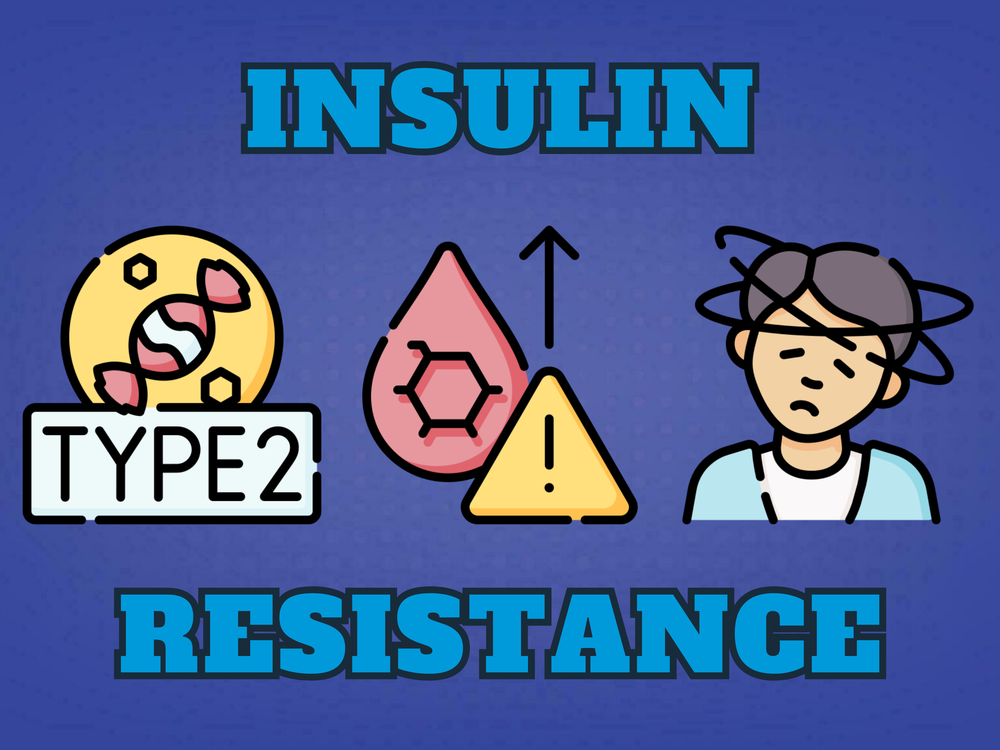
What is Insulin Resistance?
Insulin resistance is when your body builds up a resistance to insulin. Simple enough, I hear you saying. But what does that mean; what's the problem with being insulin resistant?
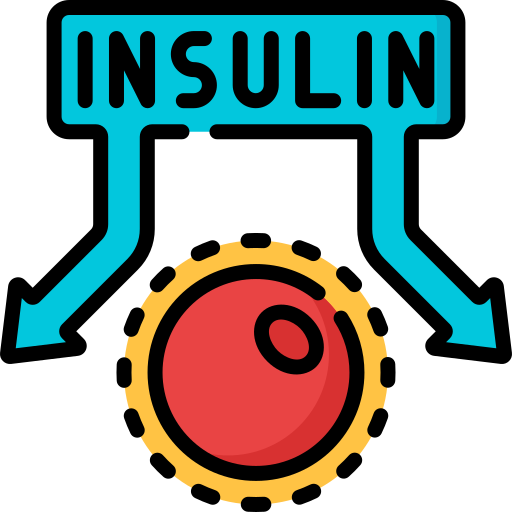
When you eat foods high in glucose (like highly refined carbs), your blood sugar spikes. A rise in blood sugar stimulates the pancreas to release insulin to lower your blood sugar.
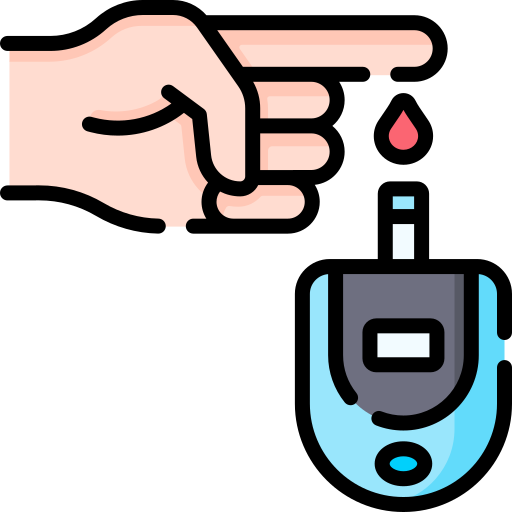
Typically, the higher the spike, the lower the dip, as the body tends to overcorrect itself. This leads to a dip in blood sugar, leading to fatigue and the "post lunch slump".
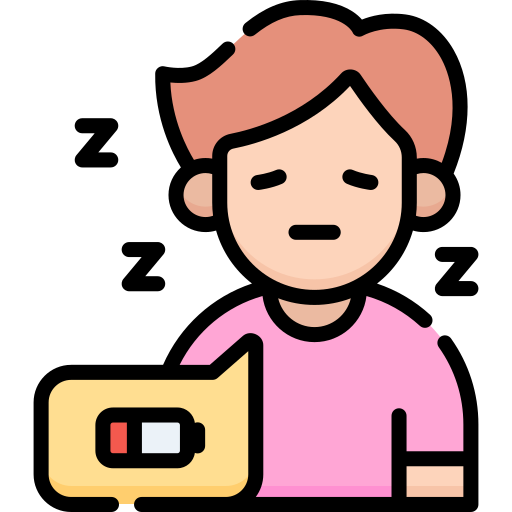
Over time, repeated spikes and crashes in blood sugar lead to a condition known as "insulin resistance", where the body has to release more and more insulin to achieve the same blood sugar results.
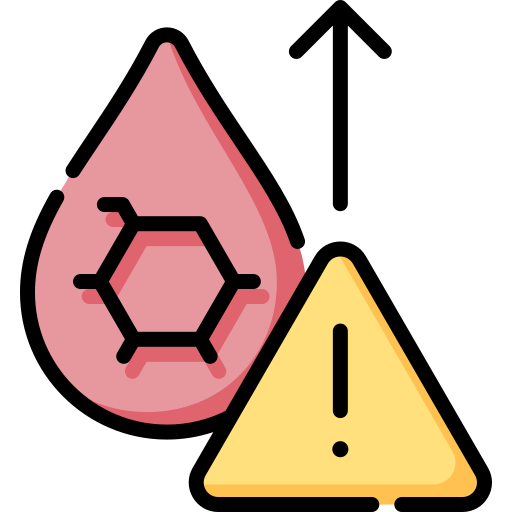
But What is Insulin?
Insulin is a hormone produced in the pancreas to regulate blood sugar levels. You may know insulin as the drug that diabetics take to lower their blood sugar. People with Type-1 diabetes don't naturally produce enough insulin to lower their blood sugar levels. This is why Type-1 diabetes isn't reversible; these people were born without the genetics to produce enough insulin.
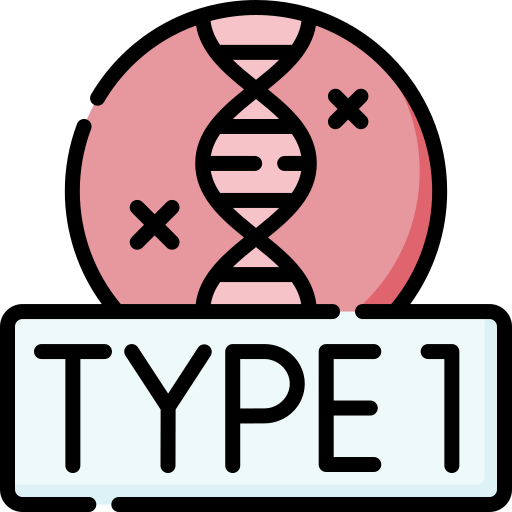
On the other hand, Type-2 diabetics are insulin resistant; their bodies produce plenty of insulin, but they need even more since their bodies are so used to chronically high insulin levels. Type-2 diabetes is a disease caused entirely by lifestyle, and is totally reversible.
.png)
Hyperinsulinemia and Hyperglycemia
Insulin helps your body break down and use glucose in its cells. Consuming a high glycemic diet over time can cause your cells to improperly react to insulin. This decreases production of Adenosine Triphosphate (ATP), meaning your cells can't efficiently use glucose for energy and storage.

Because of this, the pancreas releases more and more insulin to account for your cells growing resistant to it. This leads to a rise in blood sugar levels, and conditions known as hyperinsulinemia and hyperglycemia. Ironically, hyperglycemia, or too high blood sugar, can lead to hypoglycemia, or too low blood sugar, as the body produces too much insulin to offset the spike in glucose, causing a crash.
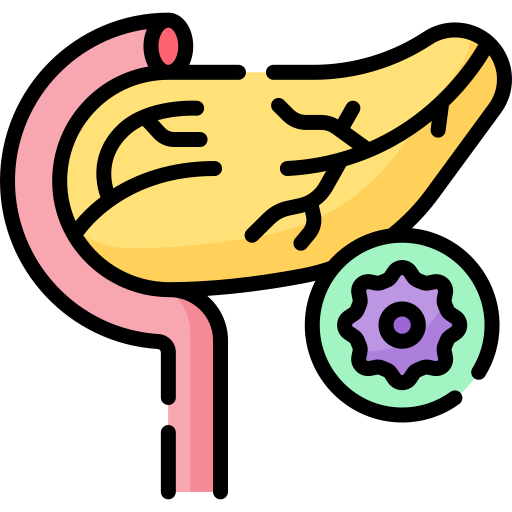
Both hyperinsulinemia and hyperglycemia are just insulin resistance under different names, and are the precursors to prediabetes and type 2 diabetes. More than 50% of people with type 2 diabetes don't even know they have it, and that number is even higher for those with insulin resistance.
.png)
Signs of Insulin Resistance
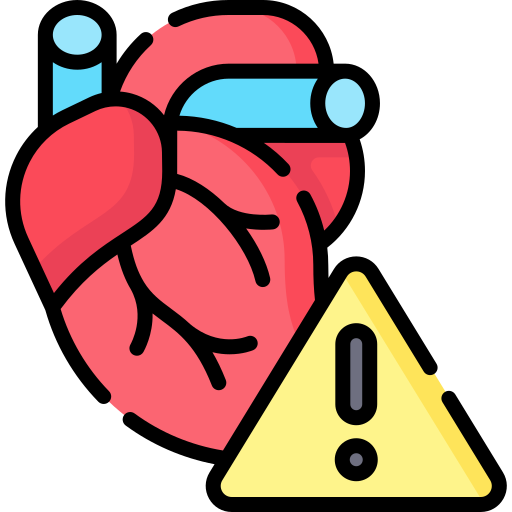

Who is Impacted?
This is way more than a weight issue. You can be in a normal weight range and still have insulin resistance or diabetes. Obesity is just one of the signs of insulin resistance; only 50% of patients with insulin resistance are obese. Not being fat doesn't automatically doesn't equate to being healthy.
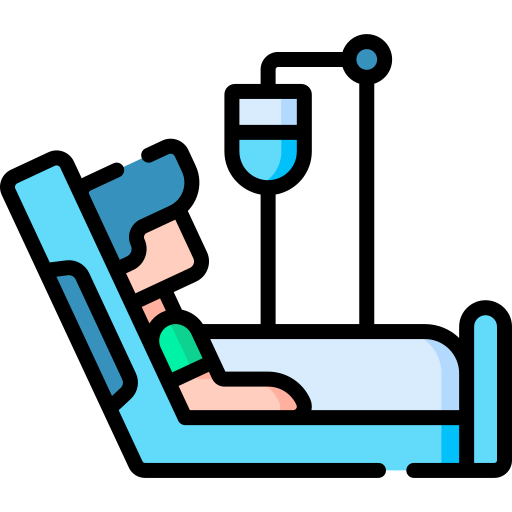
You're most likely to develop insulin resistance if you consume a Standard American Diet (SAD) and have a lack of exercise. Both lead to chronic glucose peaks and valleys, instead of the rolling hills of glucose we should be experiencing.
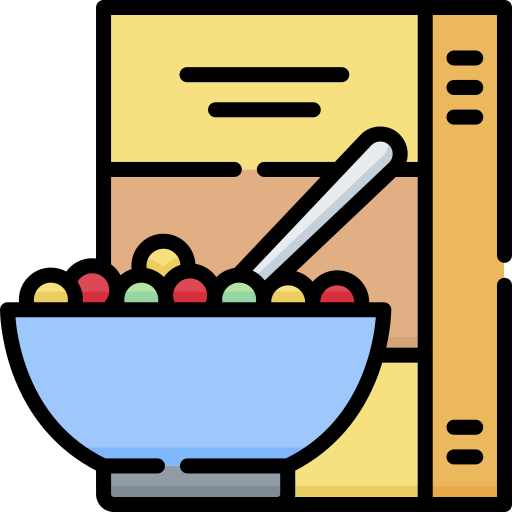
The majority of American adults are estimated to have insulin resistance, despite them not knowing it. Among Americans aged 18-44, about 40% of people without diabetes have insulin resistance. Expand this percentage to cover diabetics and a larger age range, and you see that possibly 1 in 2 people are living with this silent killer. For contrast, only 12% of Americans have diabetes.

Symptoms of Insulin Resistance
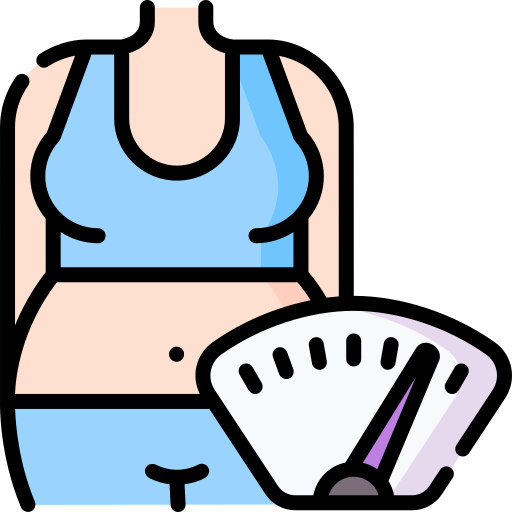
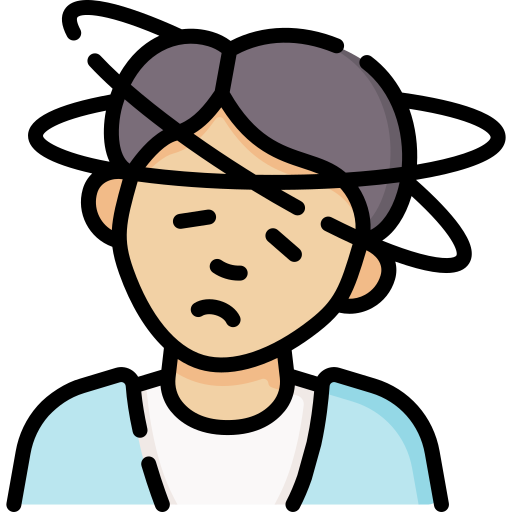
Causes of Insulin Resistance
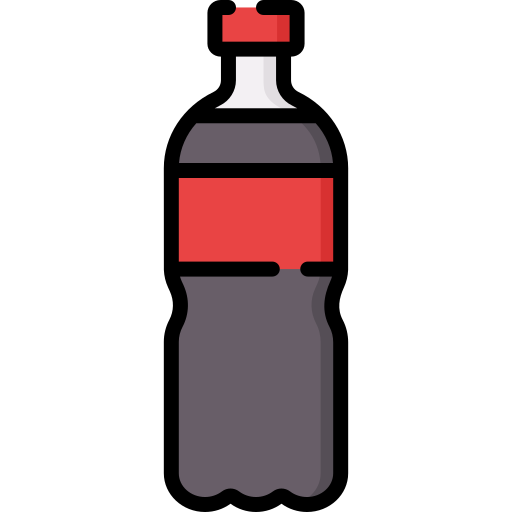
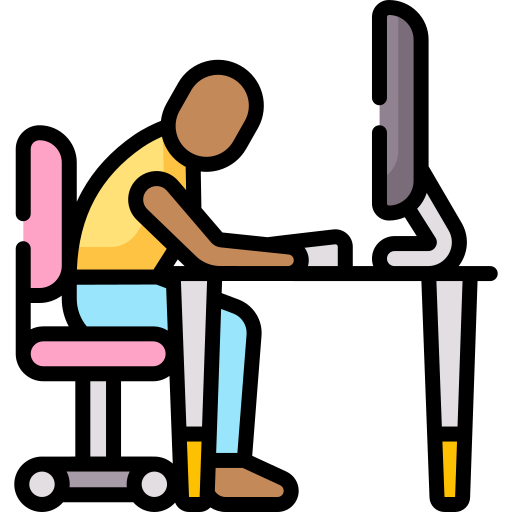
Steps to Prevent or Reverse Insulin Resistance
This post may contain affiliate links
Insulin resistance is when your body builds up a resistance to insulin. Simple enough, I hear you saying. But what does that mean; what's the problem with being insulin resistant?

When you eat foods high in glucose (like highly refined carbs), your blood sugar spikes. A rise in blood sugar stimulates the pancreas to release insulin to lower your blood sugar.

Typically, the higher the spike, the lower the dip, as the body tends to overcorrect itself. This leads to a dip in blood sugar, leading to fatigue and the "post lunch slump".

Over time, repeated spikes and crashes in blood sugar lead to a condition known as "insulin resistance", where the body has to release more and more insulin to achieve the same blood sugar results.

But What is Insulin?
Insulin is a hormone produced in the pancreas to regulate blood sugar levels. You may know insulin as the drug that diabetics take to lower their blood sugar. People with Type-1 diabetes don't naturally produce enough insulin to lower their blood sugar levels. This is why Type-1 diabetes isn't reversible; these people were born without the genetics to produce enough insulin.

On the other hand, Type-2 diabetics are insulin resistant; their bodies produce plenty of insulin, but they need even more since their bodies are so used to chronically high insulin levels. Type-2 diabetes is a disease caused entirely by lifestyle, and is totally reversible.
.png)
Hyperinsulinemia and Hyperglycemia
Insulin helps your body break down and use glucose in its cells. Consuming a high glycemic diet over time can cause your cells to improperly react to insulin. This decreases production of Adenosine Triphosphate (ATP), meaning your cells can't efficiently use glucose for energy and storage.

Because of this, the pancreas releases more and more insulin to account for your cells growing resistant to it. This leads to a rise in blood sugar levels, and conditions known as hyperinsulinemia and hyperglycemia. Ironically, hyperglycemia, or too high blood sugar, can lead to hypoglycemia, or too low blood sugar, as the body produces too much insulin to offset the spike in glucose, causing a crash.

Both hyperinsulinemia and hyperglycemia are just insulin resistance under different names, and are the precursors to prediabetes and type 2 diabetes. More than 50% of people with type 2 diabetes don't even know they have it, and that number is even higher for those with insulin resistance.
.png)
Signs of Insulin Resistance
- Cardiovascular disease (CVD)
- Metabolic syndrome
- Nonoptimal A1C (> 5.5%)
- Nonoptimal fasting glucose (> 85 mg/dL)
- Nonoptimal fasting insulin (> 5.0 μU/mL)
- Obesity
- Polycystic Ovarian Syndrome (PCOS)
- Skin tags


Who is Impacted?
This is way more than a weight issue. You can be in a normal weight range and still have insulin resistance or diabetes. Obesity is just one of the signs of insulin resistance; only 50% of patients with insulin resistance are obese. Not being fat doesn't automatically doesn't equate to being healthy.

You're most likely to develop insulin resistance if you consume a Standard American Diet (SAD) and have a lack of exercise. Both lead to chronic glucose peaks and valleys, instead of the rolling hills of glucose we should be experiencing.

The majority of American adults are estimated to have insulin resistance, despite them not knowing it. Among Americans aged 18-44, about 40% of people without diabetes have insulin resistance. Expand this percentage to cover diabetics and a larger age range, and you see that possibly 1 in 2 people are living with this silent killer. For contrast, only 12% of Americans have diabetes.

Symptoms of Insulin Resistance
- Blurred vision
- Brain fog
- Dementia
- Depression and Anxiety
- Diabetes
- Fatigue
- Frequent urination
- High blood pressure
- High blood sugar
- High cholesterol
- Increased hunger and thirst
- Unexplained weight gain or weight loss


Causes of Insulin Resistance
- Chronic soda and alcohol consumption
- Diets high in refined sugar and starch
- Eating too close to bedtime
- Environmental toxins
- High stress lifestyle
- Lack of cardio training
- Lack of resistance training
- Low intake of vitamins and minerals
- Not enough fiber or protein in your diet
- Poor quality and quantity sleep
- Sedentary lifestyle
- Too many carbs in your diet


Steps to Prevent or Reverse Insulin Resistance
- Cardio training
- Regularly go for walks, runs, or bike rides.
- Or use cardio machines at the gym like rowing or stair machines to get your heart rate up.
- Consume more fiber
- Always include high-fiber foods like vegetables, legumes, nuts, seeds, and fruits in your meals and snacks.
- This helps you feel full and prevents spikes in blood sugar for minimal calories.
- Consume more protein
- Ensure each meal includes a high-quality protein source, such as meat, eggs, fish, or dairy.
- Supplement with whey or casein protein powder if necessary, especially if you're vegetarian.
- Cut down on processed foods
- Ultra-processed foods lack fiber, protein, healthy fats, vitamins and minerals, water, and polyphenols.
- They are instead filled with high-glycemic carbs, inflammatory oils, artificial flavors and colors, and excess sodium.
- Cut down your sweetener consumption
- Eliminate added sugars such as white and brown sugar, corn syrup, and high fructose corn syrup.
- Limit artificial sweeteners like aspartame, sucralose, and saccharin.
- Use natural sugars sparingly, like maple syrup or honey, and sugar alcohols occasionally, like erythritol or sorbitol.
- Opt for zero-calorie natural sweeteners, like monk fruit or stevia, if needed.
- Don't drink your calories
- Reduce consumption of beverages like soda, smoothies, fruit juices (even 100%), diet soda, iced tea, and alcohol.
- Eat your food in the right order
- Consume vegetables and protein first, followed by carbs last.
- Eating fiber, protein, and fat before carbohydrates helps prevent spikes in blood sugar.
- Don't eat "naked" carbs. Instead, "dress them up" with protein, fat, and fiber. For example, add Greek yogurt and peanut butter to your apple
- Focus on the rainbow
- Include as many colors of fresh produce as possible to reduce inflammation and increase polyphenol intake.
- This also ensures optimal consumption of vitamins and minerals, as well as fiber.
- Include plenty of healthy fats
- Healthy fats help mitigate blood sugar spikes and increase insulin sensitivity.
- Great sources include avocados, olives, nuts, seeds, whole eggs, salmon, and mackerel.
- Meal timing
- Avoid eating within 3 hours of bedtime and try fasting for at least an hour in the morning.
- Try to avoid snacking during the day whenever possible.
- Reduce stress
- Incorporate stress-reducing practices like box breathing, meditation, or yoga.
- Worry less and go with the flow more.
- Resistance training
- Lift weights about 3 times a week in addition to cardio training.
- This helps build muscle mass, increase metabolism, and improve insulin sensitivity.
- Savory breakfasts
- Opt for savory breakfasts, like eggs or dinner leftovers, instead of sweet options like pancakes or cereal.
- Or have some vegetables (like baby carrots, salad, or roasted veggies) along with healthy sweet breakfasts (like Greek yogurt with berries, protein powder, and nuts)
- Slow down
- Eat more slowly by chewing thoroughly, putting down utensils, and sipping water between bites.
- Supplementation
- Consider Omega-3 Fish Oil or Vitamin D to reduce inflammation and improve insulin sensitivity.
- Other options include a multivitamin, Vitamin B12, or Magnesium. Always consult a doctor first.
- Swap out high-glycemic foods
- Replace bread, pasta, and white rice with beans, sweet potatoes, quinoa, and lentils.
- These alternatives are less refined, more nutrient-dense, and higher in fiber and protein.
- Take regular walks
- Go for short walks after meals to mitigate blood sugar spikes.
- Aim for at least 30 minutes of walking daily, using indoor options during winter.
- Travel with healthy snacks
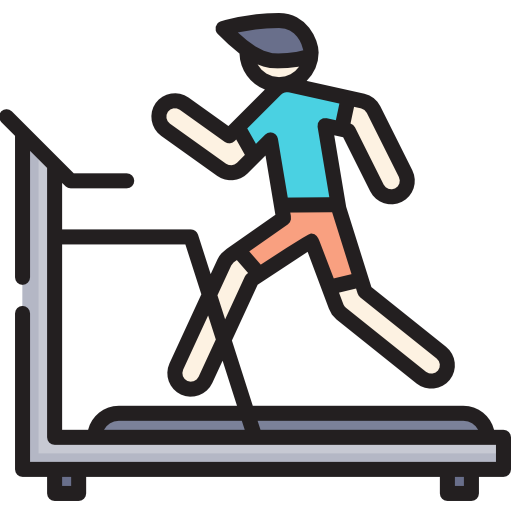
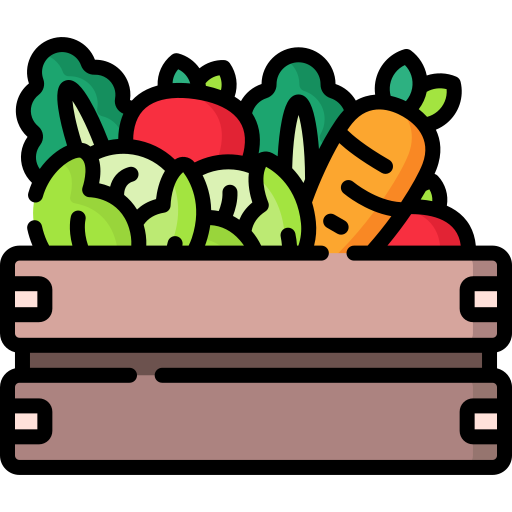
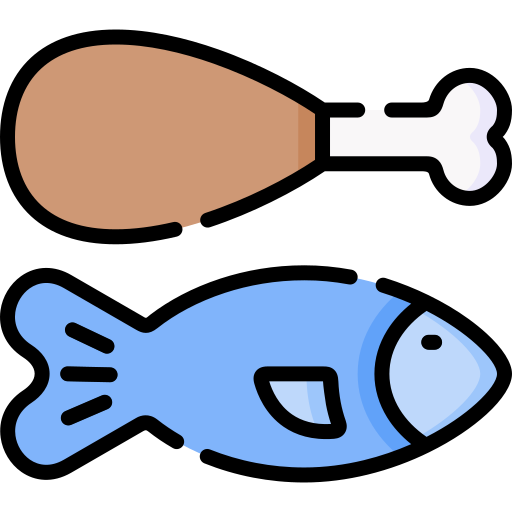


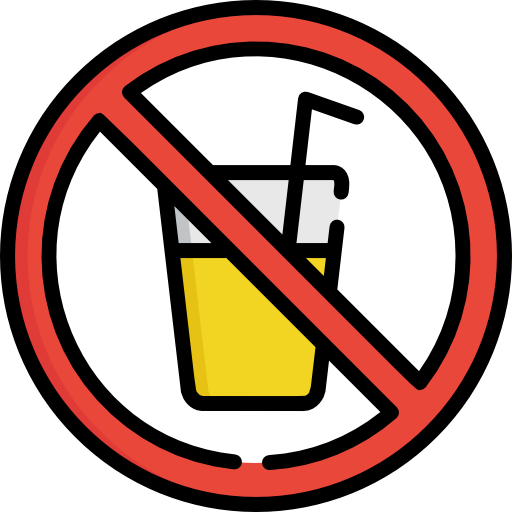
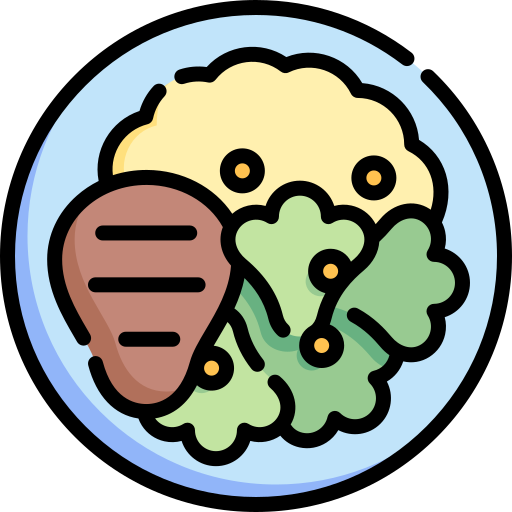

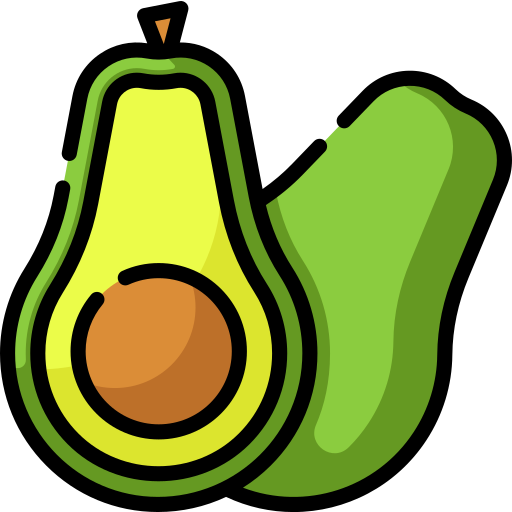


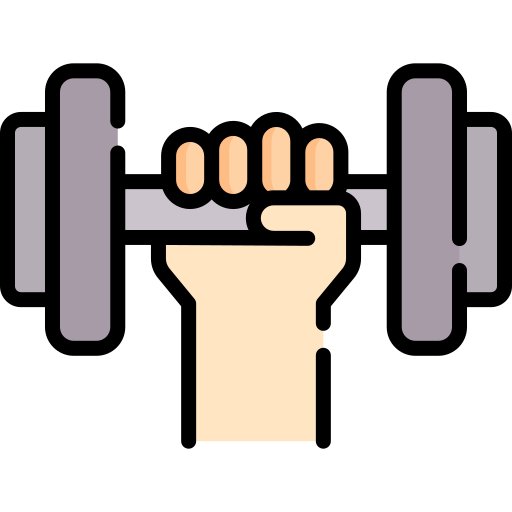

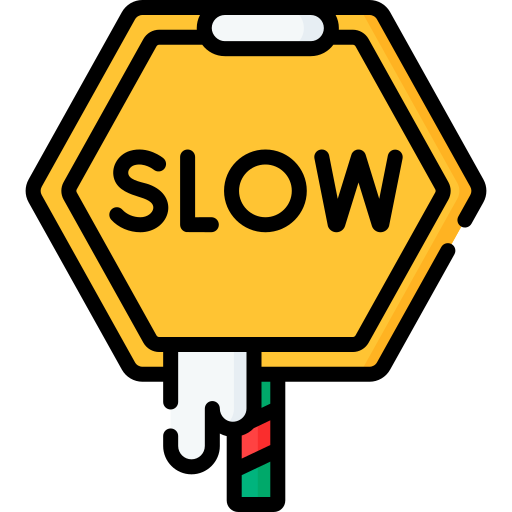

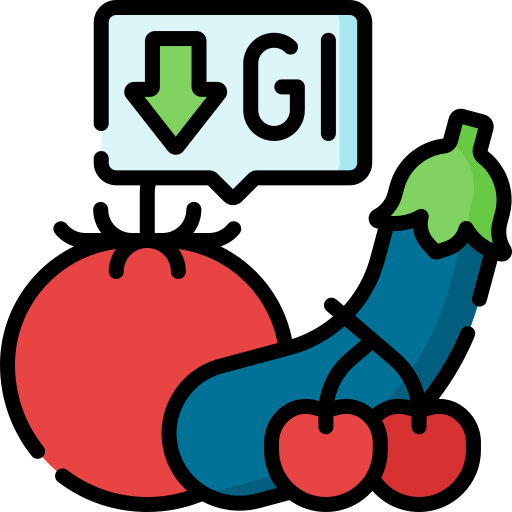

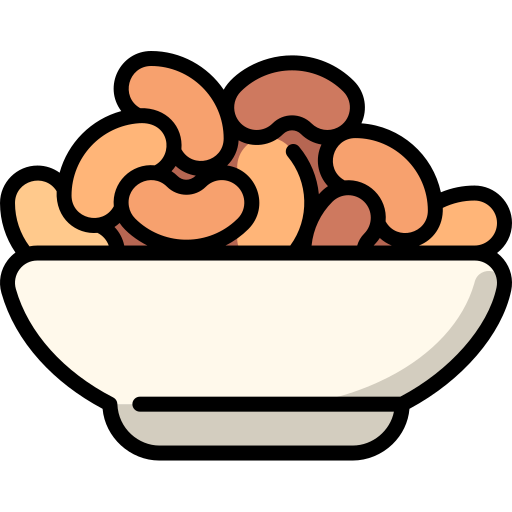
- FlatIcon
- Cleveland Clinic: Insulin Resistance
- UAB Researchers: Insulin Resistance and Cardiovascular Risk in Young Adults
- Dr. Hyman: 5 Steps to Reversing Type 2 Diabetes and Insulin Resistance
- National Diabetes Statistics Report
- UAB researchers find that 40 percent of young American adults have insulin resistance and cardiovascular risk factors